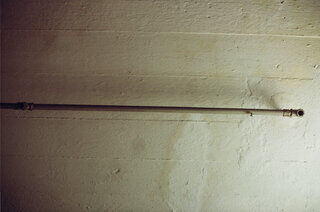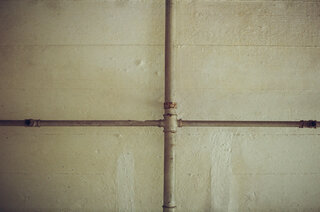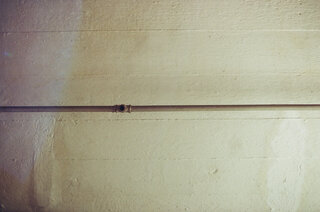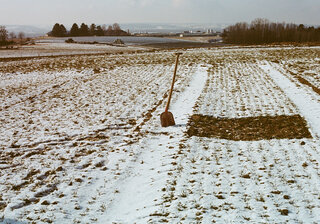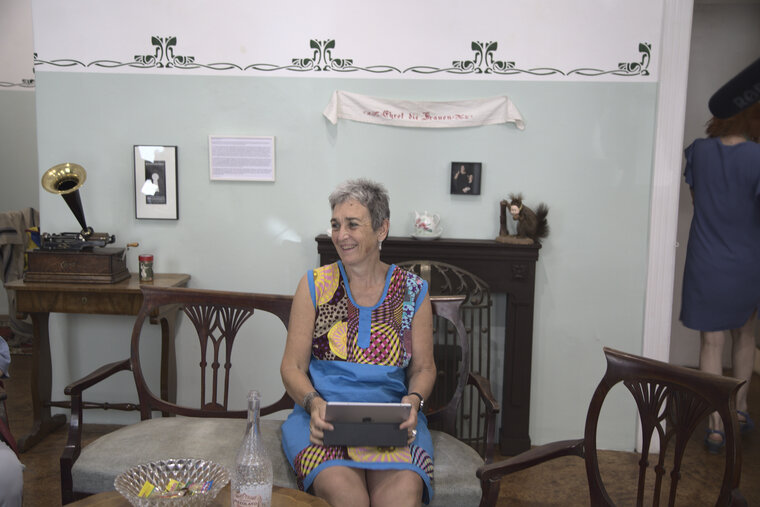
Ines Rieder
Memories of an anatomist of society, of an obsessive researcher
20.6.2021
By Ulrike Lunacek
Ines Rieder would have turned 67 on May 3rd this year. Not very old, by today’s standards. But she wasn’t granted a long life, and so it falls to us to remember her, and who she was, and what she did.
Ines was a global feminist lesbian networker. Her curiosity was all encompassing: she couldn't help but listen, ask, research, recognize connections. Politics, both global and local, was her personal concern, and, as a seasoned feminist, for her the personal was also political.
Ines' brain had an amazing storage capacity – it could almost be said that it stored information better and with access to more combinations than a computer! And she questioned and searched further and further, wanted to know more, to go ever more deeply into her discoveries.
How did Ines get there?
She was originally supposed to study medicine, like her parents and three of her four siblings.
But her inclinations weren’t toward human anatomy but toward the anatomy of society. So she studied social work, political science and ethnology in Vienna from 1972 to 1975.
And then she moved to California – California Dreaming :-).
She lived in Berkeley from 1976 to 1984, and in 1979, along with others, founded Connexions, a feminist internationalist quarterly magazine.
There and in that context is where Marlene ran into her, quite literally!
Marlene Rodrigues was born in Itapetininga, 250 km south of São Paulo, where she studied sociology at the Universidade de São Paulo until 1969. She was working doing layout at Jornal Mulherio in São Paulo when she got an internship at another feminist magazine and went to California in 1983 on a four-month scholarship – to Connexions! That women's collective (most of them lesbians) was skeptical about who it was about to get involved with. A Brazilian academic? She could only come from the upper class; and in their eyes that meant: white, well dressed, straight, and used to being served – that justified having some doubts! But following the maxim "wait and see," they did get involved with Marlene. Ines was not particularly enthusiastic and did not want to deal with a 'silly academic'. So she decided to show Marlene Berkeley – but on foot, 12 km! She thought Marlene would get angry and want to go straight back to Brazil. What happened was the most gratifying dis-illusioning of Ines's life, and with a life-changing outcome. To Ines's surprise, Marlene found this on-foot exploration delightful, and a lifelong friendship – and soon a relationship as well – began.
In 1983, Ines was 29 years old and Marlene 36. They accompanied one another for the next 32 years, until Ines’s much too early death on 24 December 2015.
Right at the beginning of their relationship, still in 1983, they undertook their first big trip together: Egypt, Sudan, Yemen, Syria – at that time it was no problem and quite normal for "two women" to be traveling together. Curiosity, the urge for something new, the desire to better understand this world and learn more about it: these were central concerns for both of them.
From 1984 to 1986, Ines and Marlene lived and worked in São Paulo. Among other things, in collaboration with others they organized the III Encontro Feminista Latino Americano e do Caribe/ Encuentro Feminista de América Latina y el Caribe – the continent’s biennial feminist meeting in the 1980s. Marlene designed the sensational poster, using one of her drawings – with many naked women ;-)!
Marlene stayed in Austria a little longer after each trip there, and she began to do home renovations to earn money and be financially independent – and she got her first, small apartment ... in Schleifmühlgasse.
In the 1990s, Ines and Marlene travelled through Africa for almost three months, visiting Tanzania, Zanzibar, Zambia, Zimbabwe, Mozambique, and South Africa. Ines became very seriously ill, and Marlene had to take her from Bulawayo to Johannesburg, from Johannesburg to London, and then from London to Vienna, always afraid she might die. Ines never talked to anyone about this struggle for survival, which she always saw as her own unforgivable failure. This always fighting against her own body shaped her whole life.
Ines's and Marlene's relationship was turbulent – as was Ines's life. There were always difficult, unsettled times, and desire did not always remain the same – especially for so many decades! There were affairs and passionate arguments – but their connection could not be broken. Even when there were quarrels and/or separations, they maintained almost daily contact with each other. And even if they no longer lived in the same apartment, because each needed her own space, Ines and Marlene kept up a constant conversation. They were "fated" for each other, as Marlene says.
I met Ines at a women's party in the FZ in the late 80s, together with Marlene. Ines and I were also both active at the Austrian Lesbian and Gay Forum, the ÖLSF, more than 25 years ago. Our paths crossed again and again. We were linked by some mutual friends, and because we each had a transcontinental love relationship.
And also I knew that if I was looking for any name, any reference to lesbian and gay life, Ines would surely find it! Language, conversation, historical gossip and writing were Ines's life.
Whether it was the 1920s or 1930s, the Nazi era, or the present time, Ines’s ongoing interest was to bring lesbian life, lesbian history to light – including its political context. Even the New Year's Day celebrations in my and my partner Rebeca's apartment in Vienna found their way into "Wien Lesbisch", the 2001 lesbian guide to Vienna, published by Milena Verlag.
It was her mission, her passion, to pull lesbian life out of being a "Geheimsache Leben” – life, a secret matter, and to make it visible. Together with Andreas Brunner, Nadja Schefzig, Hannes Sulzenbacher and Niko Wahl, Ines curated the now legendary exhibition of the same name, which was staged in Vienna in 2005 – the catalogue was published that same year by Löcker-Verlag: geheimsache:leben – Schwule und Lesben im Wien des 20. Jahrhunderts.
Her works have been published in Austria, Germany, the USA, the United Kingdom, Ireland and France. In 1988, for example, Ines co-wrote Aids: The Women (published in German in 1991 as Frauen sprechen über Aids). In 1994 she published Wer mit Wem? Hundert Jahre lesbische Liebe (Who with Whom? A hundred years of lesbian love). Together with Diana Voigt, she published a biography of Freud's lesbian patient she researched and wrote about lesbians’ resistance to fascism; she wrote about the times before the repeal of Paragraph 209. She published works on frühe lesbische Momente in der Steiermark (early lesbian moments in Styria), on Lesben in der Nachkriegszeit in Wien im Visier der Justiz (lesbians in the post-war period in Vienna in the eyes of the judiciary). Her latest research and plans focused on queer perspectives on the nation and on institutionalized homophobia. She was also planning a sequel to Wer mit Wem? (Who with whom?). In October 2011 she gave a lecture and slide show at Gugg, HOSI Vienna’s headquarters and café, on the topic Durch Dick und Dünn – Lesbische “U-Boote”, Solidarität und Überleben in Kriegszeiten (Through thick and thin – Lesbian "submarines", solidarity and survival in wartime).
Her final works included her collaboration with the production team and as historical advisor for the documentary "Warme Gefühle: Vier Liebesgeschichten aus Österreich" (Warm feelings, four life stories from Austria), broadcast for the first time on ORF in May 2012 (link: https://www.geyrhalterfilm.com/en/queer_feelings), as well as her research on the exhibition "Stadt der Grossen Töchter” (City of great daughters), which opened in March 2016, organized by MA57, the women's department of the City of Vienna. Many other details from her journalistic life can be found on https://inesrieder.blogspot.com/
Ines Rieder did not live in an ivory tower. Her social commitment was legendary, she helped and supported where she could – for example, with respect to LGBTI refugees.
So what remains, in addition to everything she has written?
Ines Rieder's legacy is this: bringing people together and networking them.
In all the conflicts and quarrels, in all private as well as professional or political disputes, Ines could be stubborn ;-). But one thing is for sure: her love of life guided her all her life!
